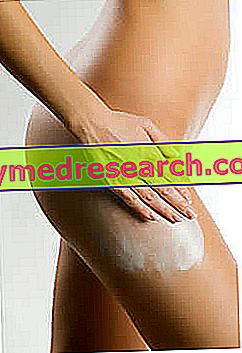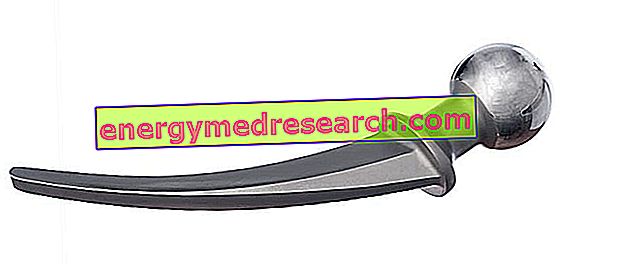
Centella asiatica
Even the Asian Centella, an exotic plant with healing properties, is able to stimulate the function of fibroblasts, responsible for the production of collagen and elastin1.
boswelic acid
Recently, in the treatment of stretch marks, boswelic acid has been studied, extracted from '' Boswellia serrata '', a plant of oriental origin used since ancient times in disinfectant preparations, painkillers, sedatives and for skin care.
Recent clinical studies confirm that the phytotherapeutic extract has an anti-inflammatory, toning, elasticizing and anti-radical action against the skin. The acid would act as an inhibitor of the enzyme that allows the production of leukotrienes and free radicals, chemical mediators of inflammatory processes, hindering the degenerative processes of the skin and eliminating at the same time the inflammatory component of stretch marks in the initial phase.
Vitamin eec
Vitamin E and Vitamin C, in synergy, are definitely effective in the prevention and reduction of stretch marks. In fact, they have a high antioxidant activity, as they are able to neutralize free radicals, reducing the formation of lipoperoxides from the polyunsaturated lipids in the fibroblasts. This results in a decrease in problems related to the correct synthesis of collagen and elastic fibers. By blocking the cascade of events that determine oxidative stress, the skin does not lose elasticity, tone and the usual turgor that characterizes it in eudermic conditions. Furthermore, Vitamin C stimulates the synthesis and maturation of new collagen fibers and the substance of the connective tissue.
Microcirculation stimulation

The correct vascularization of the dermis is responsible for the nourishment by passive diffusion, through the interstitial fluid, of the cells that make up all the layers of the epidermis.
The extracts of horsetail, butcher's broom and horse chestnut are valid in this sense. The root of Ruscus aculeatus contains mainly steroidal saponins (ruscogenins) which show trophic and protective properties at the level of the blood vessels and a marked tonic action on the vessel wall, which results in an evident improvement in peripheral microcirculation. From the seeds of Aesculus hippocastanum, a phytocomplex rich in saponins (escin) and flavonoids is extracted. Escin has an anti-edema, anti-exudative and antioxidant action. It is characterized by a good draining and detoxifying effect useful in cases of toxin accumulation, promotes microcirculation and cellular turnover, has a vasoprotective and reinforcing action on the connective vascular tissue. The Equisetum arvense, is characterized by a high silica content as well as flavonoids, saponins and polyphenolic acids. It is an excellent skin elasticity, firming and adjuvant in the treatment of stretch marks.
Vegetable oils and butters
As far as topical treatment with vegetable oils and butters is concerned, it is known that popular culture advised and still advises pregnant women to anoint the skin of the abdomen and hips with olive oil .
Surely a foundation of this care is dictated primarily by the utility of greasing the skin mechanically to give it a minimum of additional elasticity and hydration; Furthermore, the ability of vitamin E and fatty acids contained in olive oil to counteract the formation of free radicals should not be underestimated. Alternatives to olive oil most accepted from the organoleptic point of view can be almond oil, wheat germ oil, avocado oil and shea butter .
In a study2 of 50 women, a cream containing Vitamin E, panthenol, hyaluronic acid, elastin and menthol was tested. Two thirds of women belonging to the untreated group and only a third of those "treated" developed striae distensae during pregnancy. This result suggests that the application of the product was effective, although the study did not include placebo (so we do not know what the contribution of the massage to the success of the treatment may have been).
1 Velasco M, Romero E. Drug interaction between asiaticoside and some anti-inflammatory drugs in wound healing of the rat. Curr Ther Res 1976; 18: 121–5.
2 Wierrani F, Kozak W, Schramm W, et al . Attempt of preventive treatment of striae gravidarum using preventive massage ointment administration. Wiener Klinishe Wochenschrift 1992; 104: 42–4



